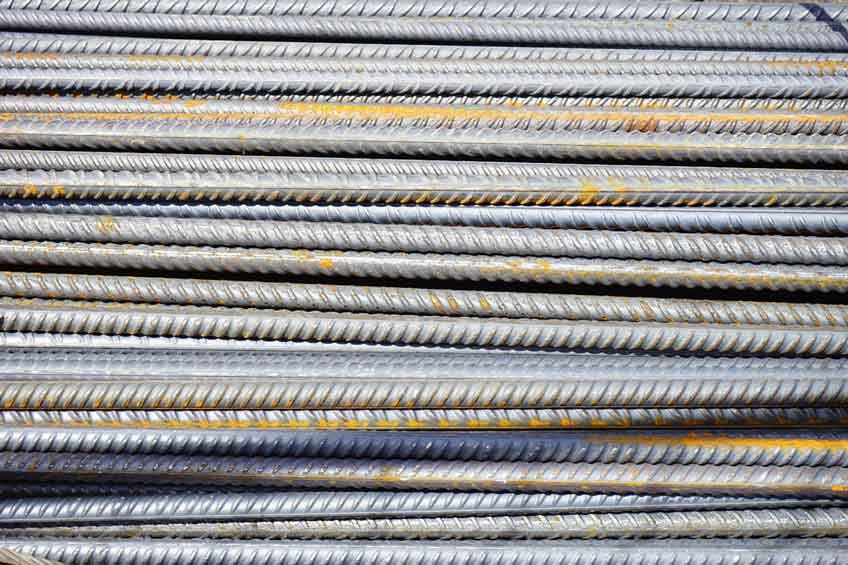Steel and tin and iron—oh my! If you’re new to the world of scrap metal recycling, then the process of sorting and identifying unfamiliar metals may seem a bit overwhelming.
But don’t worry, we’ve got you covered. While it’s easiest to just bring your scrap metals to your local metal scrap yard, there are ways to determine what kind of metal you have at home as well. With a few quick assessments, you can start putting your metal to the test—and of course, make sure you’re getting the highest dollar for your materials. Here are a few easy tests you can perform at home to classify different metals.
The Magnet Test
One of the simplest ways to identify a metal is to test how it responds to an ordinary magnet. If the metal is ferrous—that is, if it contains iron—it will most likely be attracted to the magnet. Performing this test is a good place to start when you’re identifying a piece of scrap metal. Scrap iron, for example, will pass the magnet test. But aluminum scrap or brass scrap will not.
Identifying by Color
The color of the object can also tell you a lot about its chemical makeup. Many metals have a distinctive hue that can help you distinguish them from other materials almost instantly.
- If an item is copper colored, you can be fairly certain it’s either copper or red brass. Copper-colored casted and molded items are almost always red brass, since pure copper is very difficult to cast. Copper scrap can earn you a pretty penny! (Pun intended).
- Gold-colored metals typically denote some kind of brass. Actual gold has similar coloring to brass, but it is darker and less yellow toned—and much rarer.
Some metal objects may be painted or rusted, of course, so identifying by sight alone can be misleading. Try scraping off the paint or rust with the edge of a chisel so you can get a better view of the metal below.
Identifying by Weight
Other metals may tip you off by their weight. Aluminum scrap, for instance, is incredibly lightweight and easy to bend. Iron and lead items, on the other hand, are very heavy for their size. Handling a metal item or weighing it on a scale is a great way to separate it from other materials.
Identifying by Oxidation
Some common metals also have distinctive oxidation—or lack of oxidation, if the metal is chromium or stainless steel. For instance, scrap iron often has a distinctive red rust, whereas bronze and copper scrap both have greenish cast to their oxidation.
The Hardness Test
Another common metal identification tool is testing the material’s hardness. Some metals, like pure copper, are soft and will flake easily when filed with a sharp mill file. Others, like steel, are much harder and more resistant. You can also test the hardness with a banner and cold chisel—if the flakes are brittle, it may be indicative of gray cast iron, for instance. If the flakes are continuous—in other words, if they don’t break apart easily—then you may be dealing with aluminum, scrap steel or malleable iron.
The “What Is It Used For?” Test
As you get more familiar with different metals and their characteristics, you’ll begin to notice that certain materials are more useful in one application or another. For instance, because iron is heavy and oxidizes easily, it’s not usually used as a building material, especially on the outside of a home. Meanwhile, modern electrical wiring is made with copper, since copper conducts electricity well. Similarly, you’d never find tin plumbing pipes, because tin is too soft and easy to bend (and expensive, to boot).
Professional Testing
Got a real head-scratcher on your hands? There are other tests, like a spark test or chemical test, that can be administered to separate your scrap metal. These should only be performed by a professional, however, since they require specialized equipment and may be dangerous to perform.
Better yet, bring it to your nearest metal scrap yard. Our team at Gardner Metals is happy to help you categorize and separate those hard-to-identify scrap metals and educate you for future hauls. In no time, you’ll be pointing out brass scrap and copper scrap with the best of them!

